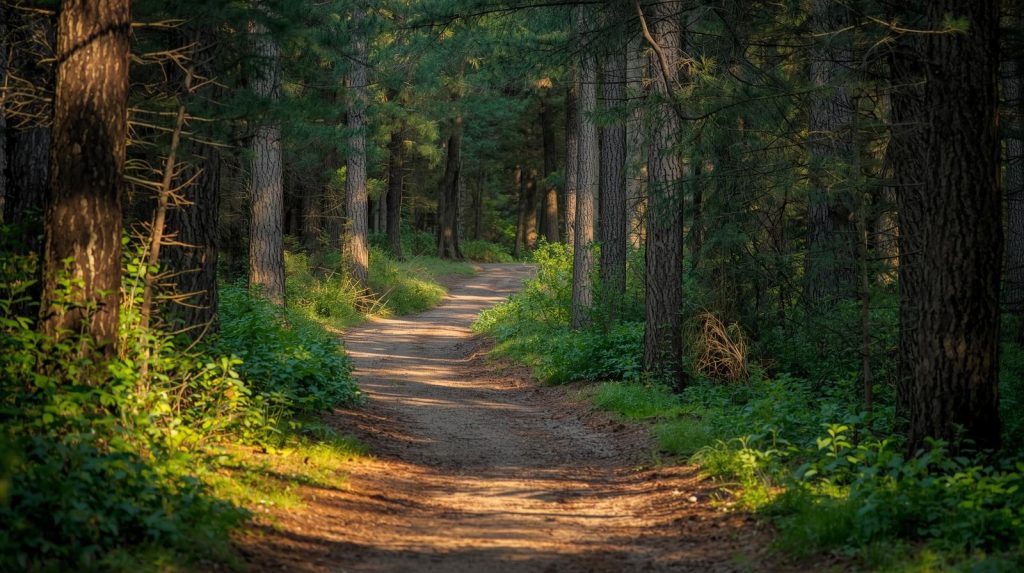
Tai Chi is often thought of as a sequence of movements to memorise, but those who stay with the art discover something far richer. Like re-reading a favourite book, the familiar shapes reveal new details each time. A shift in weight suddenly makes more sense, a breath falls into place, and you catch a glimpse of what the form has been teaching all along. This is the quiet magic of Tai Chi – the discovery that there is always more waiting beneath the surface.
Going deeper doesn’t mean learning a harder routine or speeding through more classes. It means slowing down, paying attention, and letting the principles reveal themselves. Each stance, each turning of the waist, has meaning. When you pause to notice, you begin to see how softness creates strength, how yielding is not weakness but a kind of intelligence. This is where Tai Chi starts to move from exercise into personal practice – a way of meeting life as much as a way of moving the body.
One of the most powerful ways to explore this depth is to bring in your own reflections. Notice how your shoulders feel after a form, where your breath catches, what thoughts come up in moments of balance. Tai Chi becomes a mirror, showing not just posture but mood, habits, and patterns. As you watch with curiosity, you may find the practice shifting something beyond the mat – patience where there was frustration, steadiness where there was tension.
Tai Chi also offers space to connect the dots between different parts of your life. The principles you discover in movement – relaxation, timing, balance – apply just as much to conversations, decision-making, and problem-solving. The art gently reminds us that we don’t need to force every outcome; sometimes the softest path is the most effective. This is why Tai Chi has been called a form of moving meditation – it trains the body and mind together, teaching us how to flow with challenges rather than fight them.
When you treat Tai Chi as more than just a set of steps, you open the door to ongoing discovery. You no longer “finish” learning the form – instead, you keep returning to it, finding new layers each time. And in doing so, you might just discover new layers of yourself: more grounded, more aware, and more at ease in how you move through the world.
